nn
n
n It would be a marvellous coincidence if the nextnpretender to the English throne just happened to have a name that wasnsomehow cake-related. Lambert Simnel’s father was a baker and, as we have seen,nsimnel was, at first, the finest of fine flour, used to bake bread fitnfor a King, and then became the name of a kind of celebratory cake. So, when Perkin Warbeck turned up, claimingnto the true-born King of England, is it possible that his name is a variationnon parkin, the dark, spicy cake that is still popular in the north ofnEngland?
n
n
n
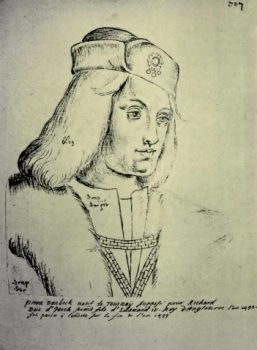 |
| Perkin Warbeck |
n
n
n
nSadly, it isn’t so; his name is a diminutive form of Peterkin, which isnin turn a diminutive form of Peter. When we are looking at a person whondeliberately set out to deceive other people, it is reasonable to expect thatnthey have attempted to cover their tracks and hide their true identity. So,nfrom what we can piece together from what remains, it seems likely that PerkinnWarbeck was called Pierrequin de Werebecque, or Piers Osbeck, born in aboutn1474, to John Osbeck and Katharine de Faro, at Tournay, Flanders (now Tournainin modern Belgium).
n
n
n
n
n
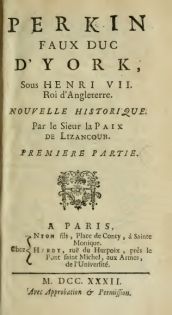 |
| Paix de Lizancour – Perkin faux Duc D’York – 1752 |
n
n
n
nHe travelled in the Low Countries during his youth and, asnapprentice to a Breton merchant, Pregent Meno, he went to Ireland in 1491,nwhere his physical resemblance to the Plantagenets caused many to claim that henwas, firstly, Edward, Earl of Warwick, then the illegitimate son of RichardnIII, and lastly Richard, Duke of York, the youngest son of King Edward IV.
n
n
n
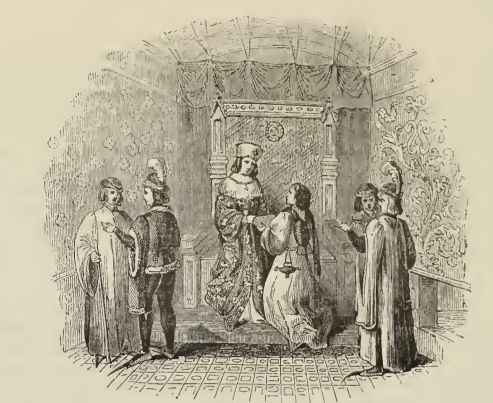 |
| The Court of King Edward IV |
n
n
n
nWhennEdward IV died, in 1483, his two surviving sons, Edward and Richard, then agedn12 and 9, were lodged in the Tower of London, under the protection of theirnuncle, Richard, Duke of Gloucester. The eldest boy, Edward, was King Edward Vn(although he was never crowned) but after the legitimacy of his father’snmarriage was rendered invalid, his claim to the throne was overturned and hisnuncle Richard claimed the crown and was declared King Richard III.
n
n
n
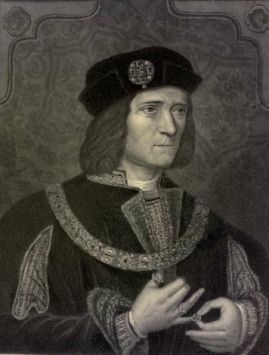 |
| King Richard III |
n
n
n
nThe twonprinces were seen less and less, and rumours spread that someone, possibly KingnRichard, had had them murdered. However, other rumours said that one, or both,nprinces had managed to escape and had been spirited away to Europe, quitenpossibly to the court of their aunt, Margaret of Burgundy. Richard III was onlynking for two years, as he was defeated and killed at the Battle of Bosworth,nAugust 22nd 1485, by the forces of Henry Tudor, who became KingnHenry VII.
n
n
n
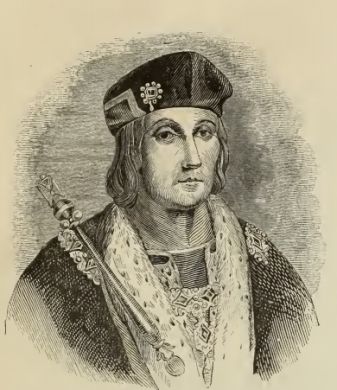 |
| King Henry VII |
n
n
n
nMargaret of Burgundy, who was the sister of Richard III, viewednHenry as a usurper and supported plans to have him overthrown. When news of thenpossibility that Richard, her youngest nephew, was still alive, the chance ofnrestoring the Yorkists to the throne would have suited her purposes admirably.nWe’ll never know if she truly believed that Warbeck was her nephew, or if henwas simply a convenient means of removing the Lancastrian Tudors from thenthrone, but Margaret supported the claim.
n
n
n
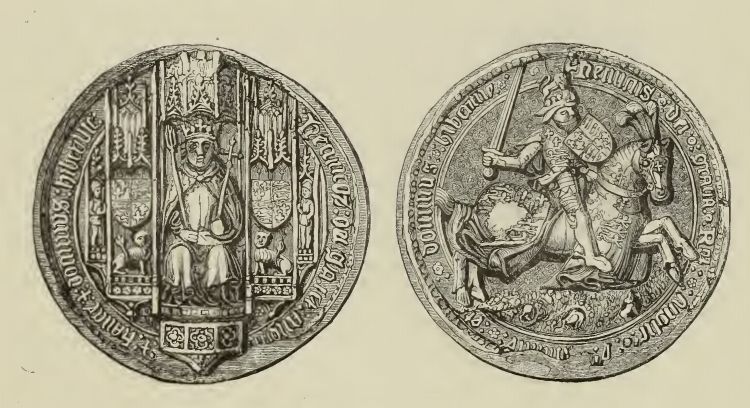 |
| The Great Seal of King Henry VII |
n
n
n
nThis support drew further supportnfrom other European nobles, who recognised Warbeck’s claim to be the Duke ofnYork, and in July 1495, with funds supplied by Margaret and Maximillian I, Kingnof the Romans, a small, motley band of vagabonds landed at Deal, in Kent. Thenlocals attacked and killed at least 150 of the invaders and captured maybenanother 80 and Warbeck, who feared a trap and had not yet disembarked from hisnvessel, sailed away and headed for Ireland.
n
n
n
 |
| Perkin Warbeck’s Groat |
n
n
n
nWith support from MauricenFitzGerald, Earl of Desmond, he laid siege to Waterford but was repulsed andndeparted next for Scotland, where King James IV received him favourably, andnWarbeck was married to Lady Catherine Gordon, a distant cousin of James’s.nPlans were made for an invasion of England from the north but it amounted tonlittle more than just another border raid that lasted a mere four days, and thenlittle army of 1,400 withdrew back into Scotland. Warbeck opposed the crueltynof James’s men to his prospective subjects, although it was clear that thennorthern English had little regard for this new claimant to their loyalties.
n
n
n
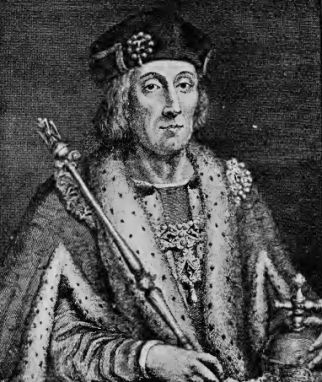 |
| King Henry VII |
n
n
n
nJames supplied Warbeck with a ship and a crew and he sailed once more fornWaterford, Ireland, but was chased away by four ships manned by the Irish.nWarbeck then sailed for Cornwall, where the people were already involved in anrebellion against the crown, due to what they saw as excessive taxation imposednby Henry VII to fund his war with Scotland. He landed at Whitesand Bay, west ofnPlymouth, with two ships and about 120 followers, on September 7thn1497, and at the head of a hastily recruited army of about 6,000 men, Warbecknmarched towards Exeter, leaving his wife at St Michael’s Mount.
n
n
n
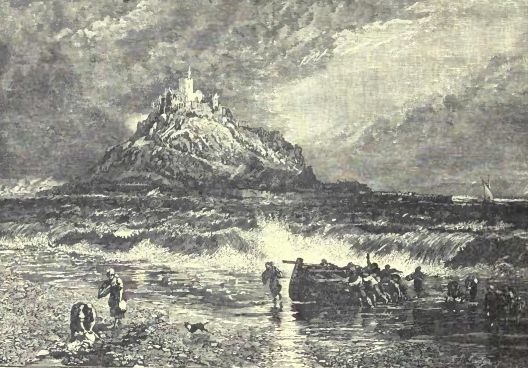 |
| St Michael’s Mount |
n
n
n
nAt Bodmin, henwas declared King Richard IV of England, but his rag-tag host were repellednfrom the walls of Exeter and turned instead for Taunton. Henry’s disciplinednarmy marched to meet them, under command of Lord Daubeney, the LordnChamberlain, with the King not far behind, and the Lord Steward sent to securenthe seaports to prevent the usurper escaping again. When Warbeck heard that annarmy was waiting at Glastonbury, a mere twenty miles away, he and his captainsnslipped away at midnight on September 21st, leaving the army withoutnleaders, and then Warbeck himself abandoned his officers and ran for sanctuarynat Beaulieu Abbey, in Hampshire.
n
n
n
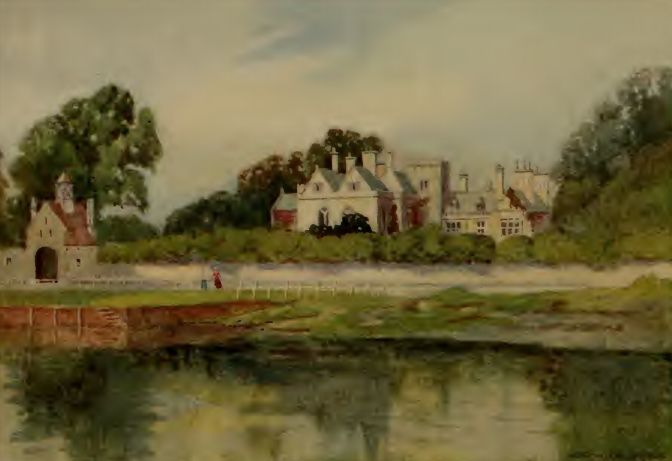 |
| The Abbot’s House, Beaulieu Abbey |
n
n
n
nHere, he surrendered to the King and wasnbrought before Henry VII at Taunton, where he confessed to being Piers Osbecknof Flanders (although it is possible that this confession was coerced), andnthen taken next to Exeter and from there to London, where he was paradednthrough the streets.
n
n
n
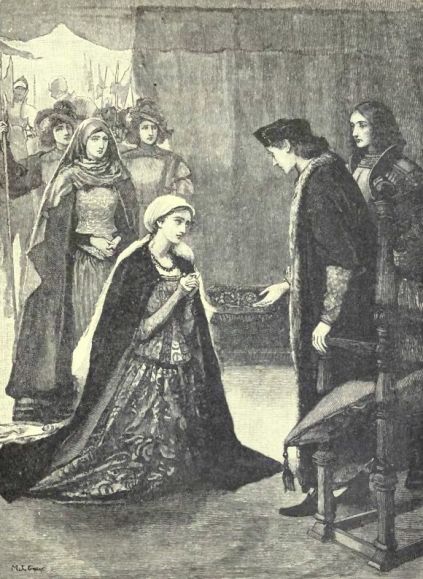 |
| King Henry VII receives Lady Catherine Gordon |
n
n
n
nHenry received Lady Gordon, Warbeck’s wife, and she wasnadmitted into the court, where she became friends with the Queen. Warbecknhimself was treated well by Henry and allowed the freedom of the Tower ofnLondon; it may be that the King was convinced that Warbeck was an illegitimatenson of Edward IV, who had been in Flanders at about the time of Warbeck’snbirth, and he was treated accordingly. However, the constant surveillance tooknits toll and after about a year’s confinement, on June 8th 1498,nWarbeck escaped but only made it as far as Sheen, near Richmond, where thenPrior granted him sanctuary and would not deliver him to the King until henreceived assurances that he would not be harmed. Warbeck was made to spend twondays in the stocks, as a punishment, at Westminster and Cheapside, and was madento read out a confession as to his real identity, before he was returned to thenTower.
n
n
n
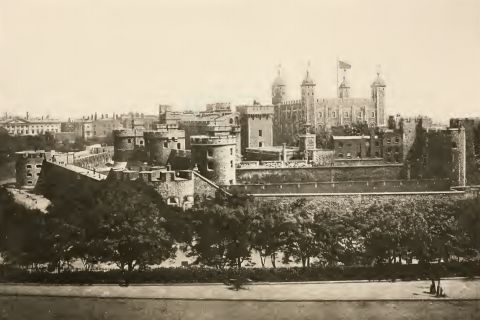 |
| The Tower of London |
n
n
n
nHowever, his position was no longer safe, as it is thought that KingnFerdinand II of Spain would not sanction the marriage of his daughter,nCatherine of Aragon, to Henry VII’s son and heir, Arthur, whilst ‘onendoubtful drop of Royal blood’ remained and urged Henry to remove allnthreats, and when a plot to capture the Tower of London was discovered, as partnof a plot to release Edward, Earl of Warwick, (whom Lambert Simnel had claimednto be), and place him on the throne, Warbeck and Warwick were both charged withntreason.
n
n
n
nThere is no record of the trial, but on November 23rd 1499,na guilty Perkin Warbeck was taken on a hurdle from the Tower to Tyburn, wherenhe was hanged and quartered. Five days later, on November 28th,nEdward, Earl of Warwick, was taken to Tower Hill and beheaded – he wasntwenty-four years old, had been imprisoned since he was only ten, and wasndeemed to be utterly unworldly and insensible to the plotting carried on in hisnname. Their crimes were a pretext to remove the last Yorkist threats to thenTudor dynasty founded by Henry VII.
n
n
n
 |
| Mary Shelley – The Fortunes of Perkin Warbeck – 1830 (1857 ed.) |
n
n
n
nMary Wollstonecraft Shelley, author of Frankenstein,npublished a triple-decker novel in 1830, called The Fortunes of PerkinnWarbeck, taking the position that Warbeck really was Richard, Dukenof York, who had escaped the Tower as a boy and who was an innocent drawn intonpolitical intrigues through the manipulations of more Machiavellian puppetnmasters.
nnn
n
nnn
n


















